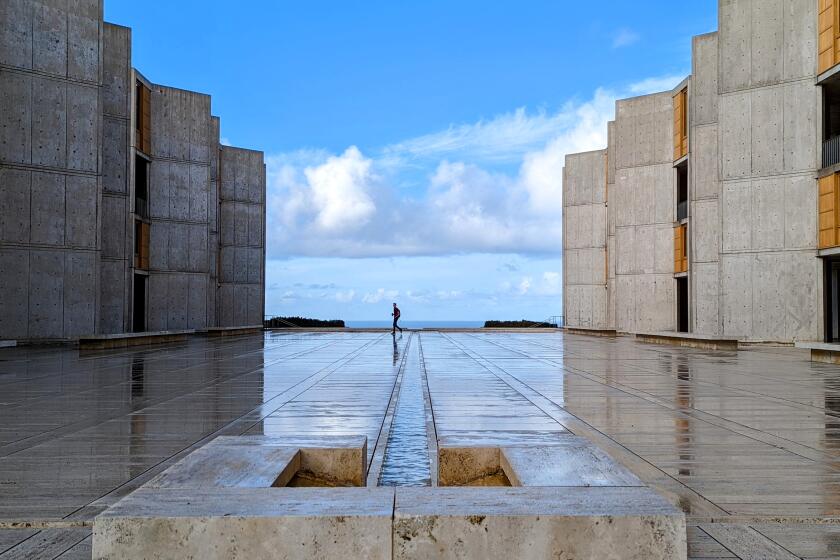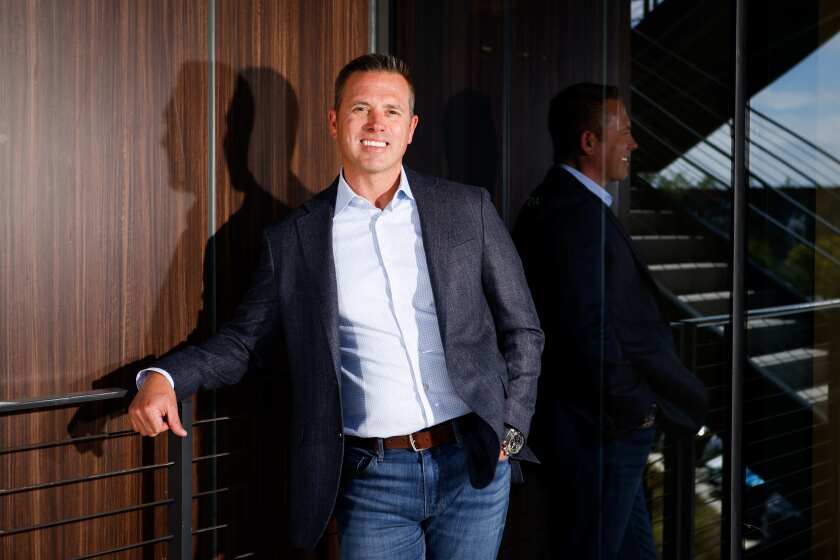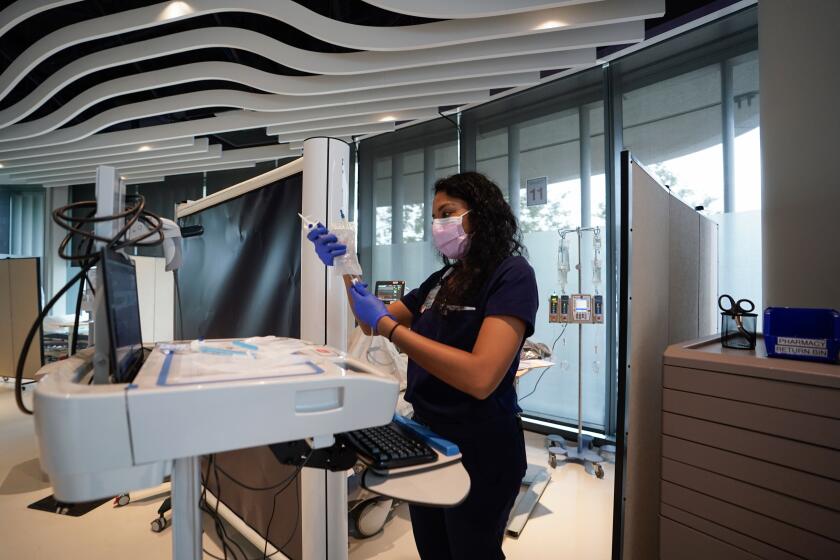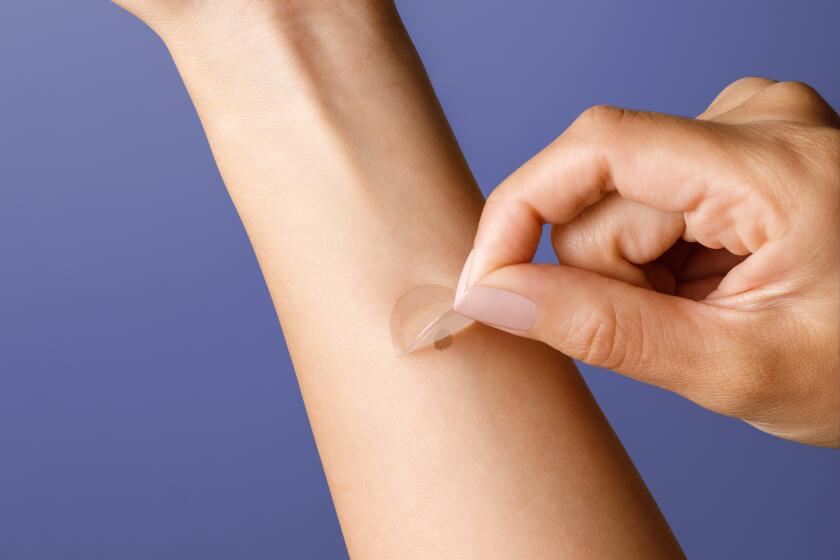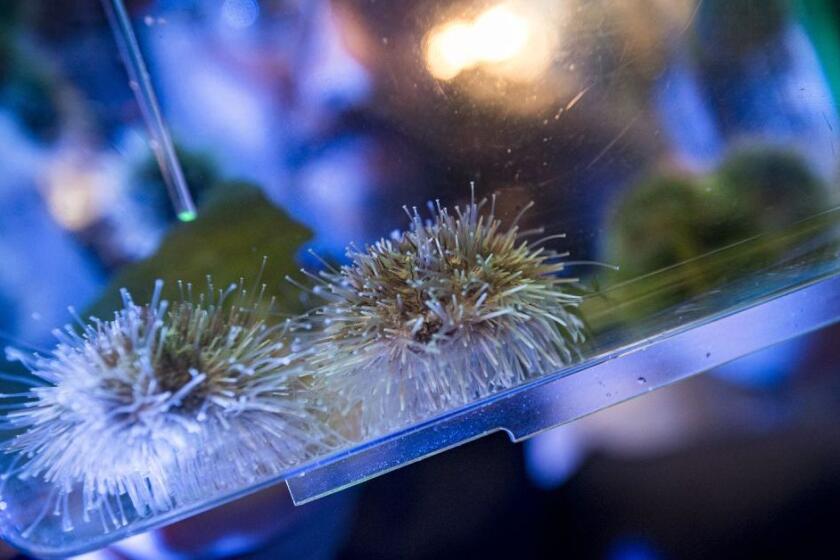Melvin Cohn, renowned immunologist who helped create La Jolla’s Salk Institute, dies at 96
Melvin Cohn, one of the elite scientists who moved to little-known La Jolla in the 1960s to make a bold and ultimately successful attempt to create a premiere center for the study of human health, died Tuesday in San Diego. He was 96.
His passing was announced by the Salk Institute for Biological Studies, where Cohn helped to demystify the immune system and explored how and why genes turn on and off — work that is essential to drug development.
The institute did not cite a cause of death, but it did note that the prolific Cohn had been working on a new scientific research paper as recently as last weekend.
“Throughout his career, Mel showed an incredible ability to adapt to the dynamic needs of the field of science,” Salk President Fred Gage said in a statement.
“We are fortunate to have his innovative example to follow as we continue seeking new ways to understand ourselves and the world we call home.”
Cohn was born in New York City in 1922, the son of parents who worked in the legal profession.
He had diverse interests that reflected the promise and anxiety of time, and which led him to help Jonas Salk — creator of the first effective vaccine against polio — to build the institute.
Cohn earned a bachelor’s degree in physics at City College of New York in 1940, when the country was investing heavily in the field in the run-up to World War II. A year later, he earned a master’s degree in chemistry at Columbia University, giving him skills that could be applied to health and medicine.
Cohn joined the Army in 1943 and spent much of his time in the Pacific theater doing research in a medical unit. He was sent to Hiroshima to help assess the fallout after the U.S. dropped an atomic bomb on the city in 1945. Cohn also diagnosed people who became ill during a horrendous diphtheria epidemic in Japan.
After the war, he earned a doctorate in biochemistry at New York University, where he specialized in the study of antibodies, which the immune system uses to fight invaders.
Cohn later moved on to the Pasteur Institute in Paris, doing work on genes and cells that helped French biochemist Jacques Monod win the Nobel Prize in chemistry. It was a golden age in science; in 1953 James Watson and Francis Crick discovered the structure of DNA, earning them a Nobel Prize and triggering enormous interest and progress in the study of human health.
Cohn emerged as one of the bright lights in molecular biology, attracting the attention of Salk, who was looking for something to do in the late 1950s, after he developed the polio vaccine.
By then, Cohn was at Stanford, which was fortunate. Salk wanted to explore the Bay area to look at possible sites for an institute for the biological sciences. Cohn drove him around. Salk’s focus would shift to La Jolla, where free land was available. But a friendship began to blossom on that ride, and Salk later asked Cohn to serve as a co-founder of the institute.
It was a gamble for people like Cohn and Renato Dulbecco, a future Nobel Prize winner, to accept. Salk didn’t have all the money he needed for such an enterprise. And La Jolla was still an academic backwater, despite the presence of the Scripps Institution of Oceanography.
But both men joined as co-founders, signaling other top scientists that it was OK to leave their posts for La Jolla.
They also were joined by biologist Suzanne Bourgeois, Cohn’s wife, who recalled his passion for science.
“Mel was working on a new paper just yesterday (over the weekend,)” Bourgeois said in a statement. “He was a dedicated, active scientist until the day he died. Mel helped to make Salk what it is today. He was a giant in the field of biology and a wonderful person. I and his many friends will miss him terribly.”
Get Essential San Diego, weekday mornings
Get top headlines from the Union-Tribune in your inbox weekday mornings, including top news, local, sports, business, entertainment and opinion.
You may occasionally receive promotional content from the San Diego Union-Tribune.







